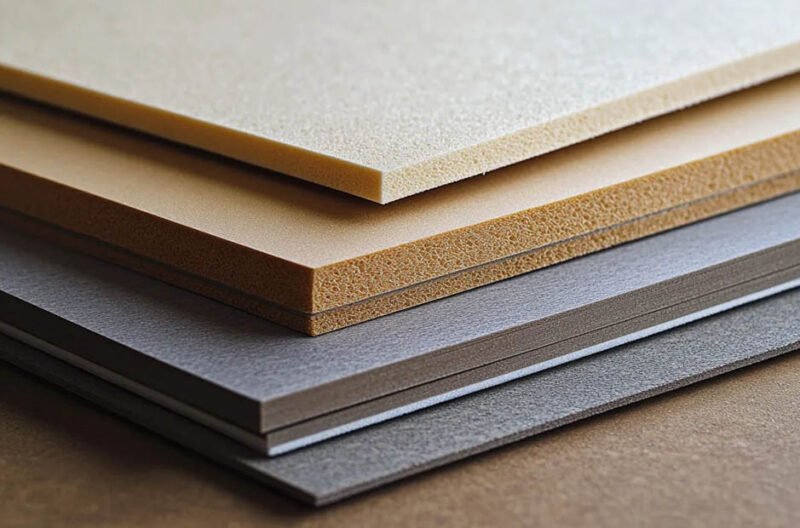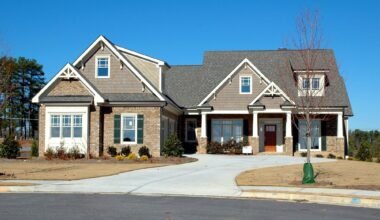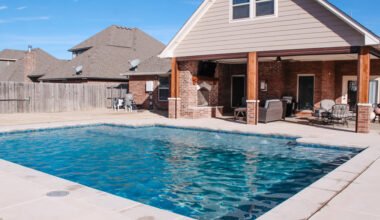In the construction, renovation and moving industries, protecting surfaces from damage is a critical concern. Whether you are safeguarding floors, walls or furniture, choosing the right protective material can make a significant difference in cost savings and project outcomes. Two popular options for surface protection are protective foam and MDF board. Both materials have their unique benefits and drawbacks, making it important to understand how they compare and which might suit your needs better.
In this comprehensive guide, we will explore the properties, advantages and limitations of protective foam and MDF board, helping you decide which is best for preventing surface damage on your next project.
What Is Protective Foam?
Protective foam is a lightweight material made from expanded polyethylene or polyurethane designed to absorb impacts and provide cushioning. It comes in sheets, rolls or custom shapes and is widely used to protect delicate surfaces from scratches, dents and abrasions. Common applications include wrapping furniture, lining toolboxes, or cushioning floors and walls during construction.
Foam protection is usually flexible, compressible and resistant to moisture, making it ideal for a variety of uses. It is easy to cut and shape, allowing it to fit awkward spaces or protect irregular surfaces.
What Is MDF Board?
MDF, or medium-density fibreboard, is an engineered wood product made by compressing wood fibres with resin under heat and pressure. It forms a smooth, rigid panel with consistent density and surface finish. MDF boards are often used as temporary protective panels over floors, walls or cabinetry during construction or moving projects.
MDF is denser and stronger than standard plywood or particleboard, providing solid protection against impact, punctures and heavy loads. It is easy to handle, cut to size and install, making it popular on construction sites and renovation projects.
Comparing Protective Foam and MDF Board
To decide which material suits your needs best, it helps to compare their key characteristics.
- Impact Protection
- Protective Foam: Foam excels at absorbing shocks and cushioning delicate surfaces. Its compressible nature spreads out impact forces, reducing the risk of dents or scratches. It is particularly effective for protecting fragile items like glass, ceramics or polished surfaces.
- MDF Board: MDF offers excellent resistance to heavy impacts and punctures. Because it is rigid and dense, it prevents deformation and can support weight without bending. This makes MDF ideal for protecting floors from machinery or tools. However, it is not as effective as foam at absorbing sudden shocks.
- Surface Coverage and Flexibility
- Protective Foam: Foam’s flexibility allows it to conform to curved or uneven surfaces. This adaptability makes it suitable for wrapping items or lining irregular areas. Its light weight also makes it easy to install and reposition.
- MDF Board: MDF boards are rigid and flat. They are best suited for covering large, flat surfaces such as floors, walls or cabinetry. MDF cannot bend or flex without breaking, so it is less useful for protecting complex shapes or tight corners.
- Durability and Weather Resistance
- Protective Foam: Foam is generally water resistant and does not absorb moisture, which helps prevent mould and mildew. However, it can tear or compress permanently under heavy use, reducing its effectiveness over time. It may degrade if exposed to harsh chemicals or UV light for extended periods.
- MDF Board: MDF is strong and durable under normal indoor conditions but is vulnerable to water damage. Moisture causes MDF to swell, warp and lose structural integrity, so it is unsuitable for wet environments unless sealed or coated. MDF also resists scratches and abrasions better than foam.
- Weight and Handling
- Protective Foam: Foam is very lightweight, making it easy to transport, cut and install. This reduces labour effort and allows for quick application.
- MDF Board: MDF is much heavier and bulkier, which can make it more challenging to move around and fit into place, especially on large projects or tight spaces.
- Cost Considerations
- Protective Foam: Foam is generally less expensive upfront, particularly for short-term or low-impact protection. Its affordability and ease of installation make it popular for small projects or delicate items.
- MDF Board: MDF tends to be more costly due to its manufacturing process and density. However, its durability and strong protective qualities can justify the investment for larger or high-impact applications.
When to Use Protective Foam
Protective foam is best suited to projects where cushioning delicate surfaces or items is a priority. Here are some examples of ideal applications:
- Wrapping and protecting furniture during moving or storage.
- Lining drawers, toolboxes or equipment cases.
- Cushioning floors beneath lightweight machinery or tools.
- Temporary protection of delicate finishes such as glass, tiles or polished wood.
- Filling gaps or irregular spaces that rigid materials cannot cover effectively.
When to Use MDF Board
MDF board works well where rigid, durable protection is needed for floors or walls. Consider MDF for the following scenarios:
- Covering floors during renovations to protect from heavy foot traffic and dropped tools.
- Protecting walls from impact damage in industrial or high-traffic sites.
- Creating temporary partitions or barriers that require strength and stability.
- Shielding cabinetry or fixtures during construction or painting.
- Supporting heavy equipment or machinery to distribute weight evenly on delicate surfaces.
Combining Foam and MDF for Optimal Protection
In many cases, a combination of protective foam and MDF board can offer superior protection. For example, laying MDF boards over floors can provide a rigid barrier, while placing foam underneath cushions impact and protects fragile flooring finishes. Similarly, foam can be used to line the edges of MDF panels to prevent damage during handling and installation.
This layered approach utilises the strengths of both materials and minimises their weaknesses, providing a comprehensive solution for demanding projects.
Installation Tips for Protective Foam and MDF Board
- Protective Foam: Clean surfaces before applying foam to ensure good adhesion if using adhesive-backed sheets. Cut foam with a sharp knife for clean edges and secure with tape if needed. Avoid compressing foam excessively during installation to maintain cushioning.
- MDF Board: Ensure the boards are cut to size accurately to avoid gaps or overlaps. Use clamps or temporary fasteners to hold panels in place. Protect MDF from moisture by storing it indoors and covering with waterproof sheets if necessary. Avoid walking on unsupported sections to prevent cracking.
Environmental Considerations
Both materials have environmental impacts to consider. Protective foam, being plastic-based, can be less eco-friendly if not recycled properly. Look for foam products made from recycled or recyclable materials to reduce waste.
MDF board is made from wood fibres and resins. It is often produced using sustainable forestry products but may contain formaldehyde-based adhesives. When disposing of MDF, avoid burning as it releases harmful fumes. Some MDF products are now made with low-emission binders for improved environmental safety.
Conclusion
Choosing between protective foam and MDF board for preventing surface damage depends largely on the specific requirements of your project. Protective foam excels in cushioning fragile items and fitting into irregular spaces. It is lightweight, moisture resistant and cost-effective for many delicate applications. On the other hand, MDF board offers rigid, robust protection suitable for heavy impacts and larger flat surfaces such as floors and walls but requires dry conditions and careful handling due to its weight.
For many construction, renovation and moving jobs, combining both materials can provide optimal protection by leveraging the cushioning properties of foam with the strength of MDF.
Assess your project’s needs, environment and budget carefully before deciding which surface protection method will provide the best balance of safety, durability and cost-efficiency.






